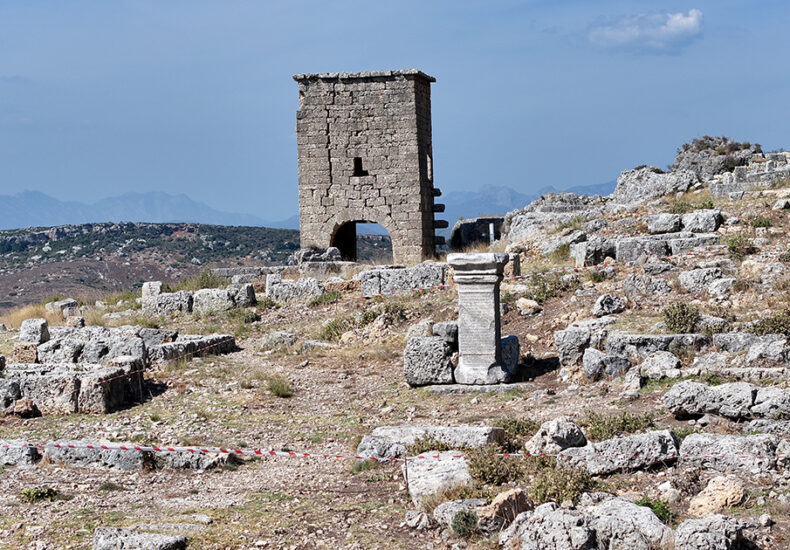
Tomb of Menodora, One of Rome’s Most Generous Women, Unearthed in Sillyon, Antalya
Archaeologists excavating the ancient city of Sillyon in Antalya’s Serik district have uncovered the tomb of Menodora, a wealthy Roman benefactor known for financing public buildings and establishing a foundation for children. The discovery sheds new light on the role of women in urban development during the Roman Empire.
The excavation, led by Assoc. Prof. Dr. Murat Taşkıran of Pamukkale University, is part of the Ministry of Culture and Tourism’s Heritage for the Future Project, with OPET as the main sponsor.
A Legacy Worth 300,000 Denarii
A 26-line inscription found earlier at the site records Menodora’s extensive donations. According to the text, she served as head of the gymnasium, created a foundation for children, and commissioned monumental buildings and temples. The city’s bathhouse and stadium are also attributed to her patronage.
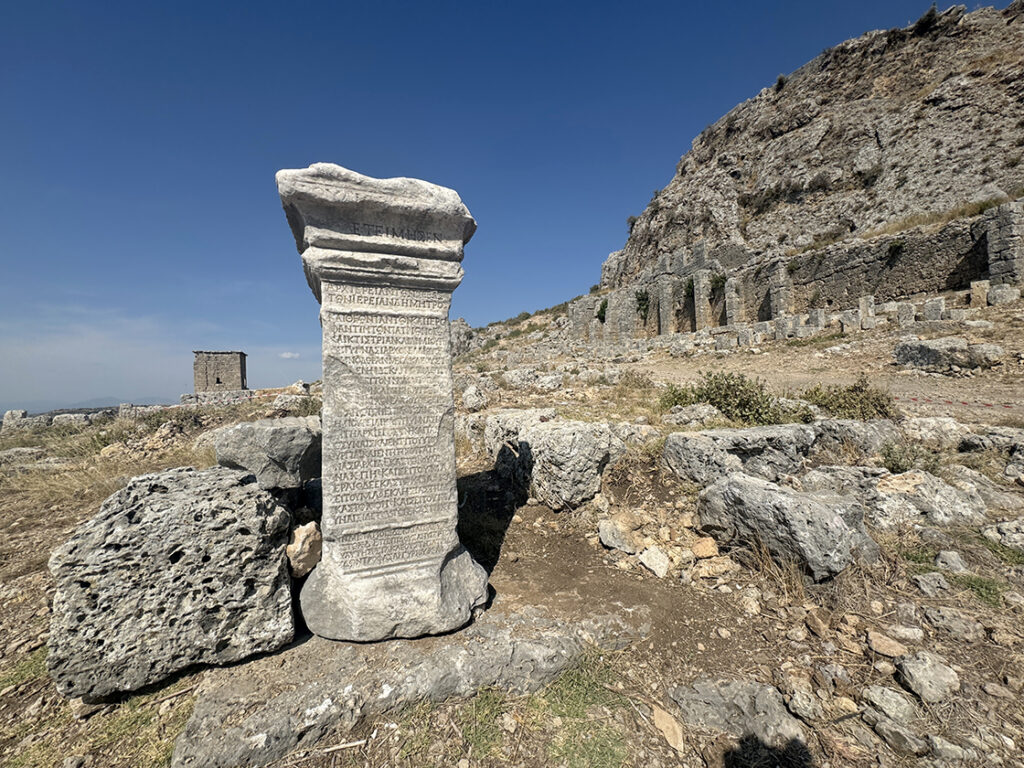
Experts estimate that she spent the equivalent of 300,000 silver denarii on Sillyon—making her one of the most generous women of the ancient Mediterranean world.
📣 Our WhatsApp channel is now LIVE! Stay up-to-date with the latest news and updates, just click here to follow us on WhatsApp and never miss a thing!!
From Tragedy to Visionary Leadership
Menodora’s life was marked by personal loss: she lost her father Megakles, her husband Apollonios, and later her son. Despite these tragedies, she devoted her wealth and energy to rebuilding Sillyon.
Excavation director Taşkıran emphasized: “Like Plancia Magna in Perge, Menodora represents a rare case of female leadership in Roman cities. Her unique legacy lies in turning grief into vision—transforming Sillyon into a structured Mediterranean city despite its difficult terrain.”
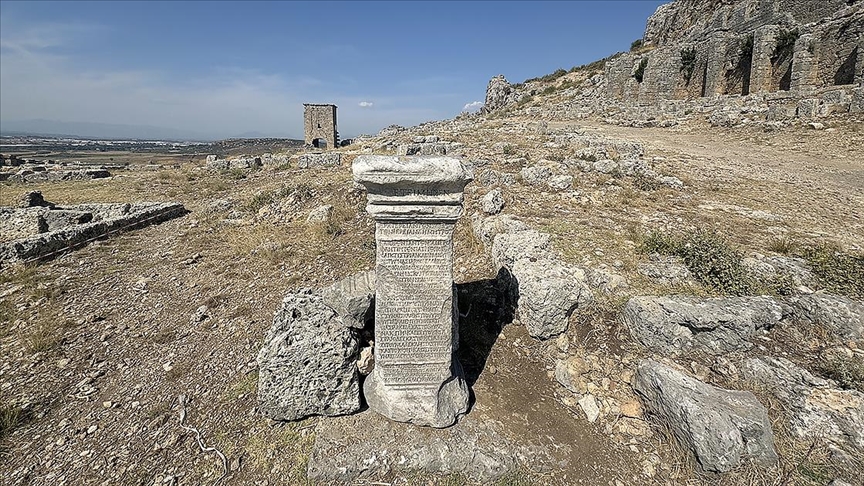
Women as Urban Benefactors in the Roman World
While several Roman cities produced prominent female benefactors, Menodora stands out as both a philanthropist and urban planner. Her contributions underline the importance of women not only in cultural and social life but also in the physical transformation of ancient cities.
Ongoing work at Sillyon aims to landscape the tomb area so visitors can better visualize elite funerary architecture in Roman Anatolia.
Cover Photo: The remains of Sillyon in Antalya, where archaeologists have identified the tomb of Menodora, a wealthy Roman benefactor who rebuilt the city with her fortune. Credit: AA
You may also like
- A 1700-year-old statue of Pan unearthed during the excavations at Polyeuktos in İstanbul
- The granary was found in the ancient city of Sebaste, founded by the first Roman emperor Augustus
- Donalar Kale Kapı Rock Tomb or Donalar Rock Tomb
- Theater emerges as works continue in ancient city of Perinthos
- Urartian King Argishti’s bronze shield revealed the name of an unknown country
- The religious center of Lycia, the ancient city of Letoon
- Who were the Luwians?
- A new study brings a fresh perspective on the Anatolian origin of the Indo-European languages
- Perhaps the oldest thermal treatment center in the world, which has been in continuous use for 2000 years -Basilica Therma Roman Bath or King’s Daughter-
- The largest synagogue of the ancient world, located in the ancient city of Sardis, is being restored

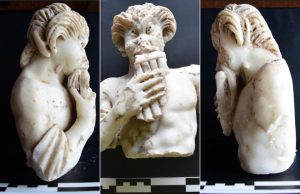
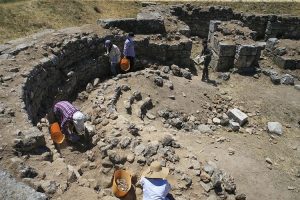
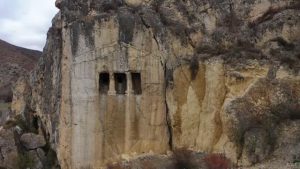
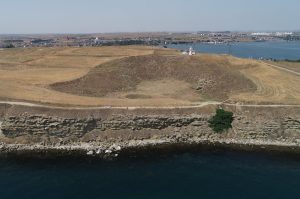
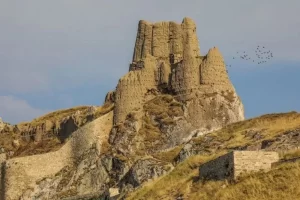
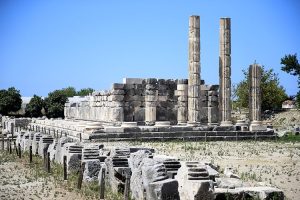


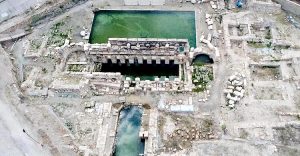
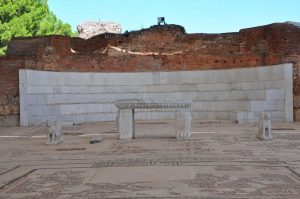
Leave a Reply